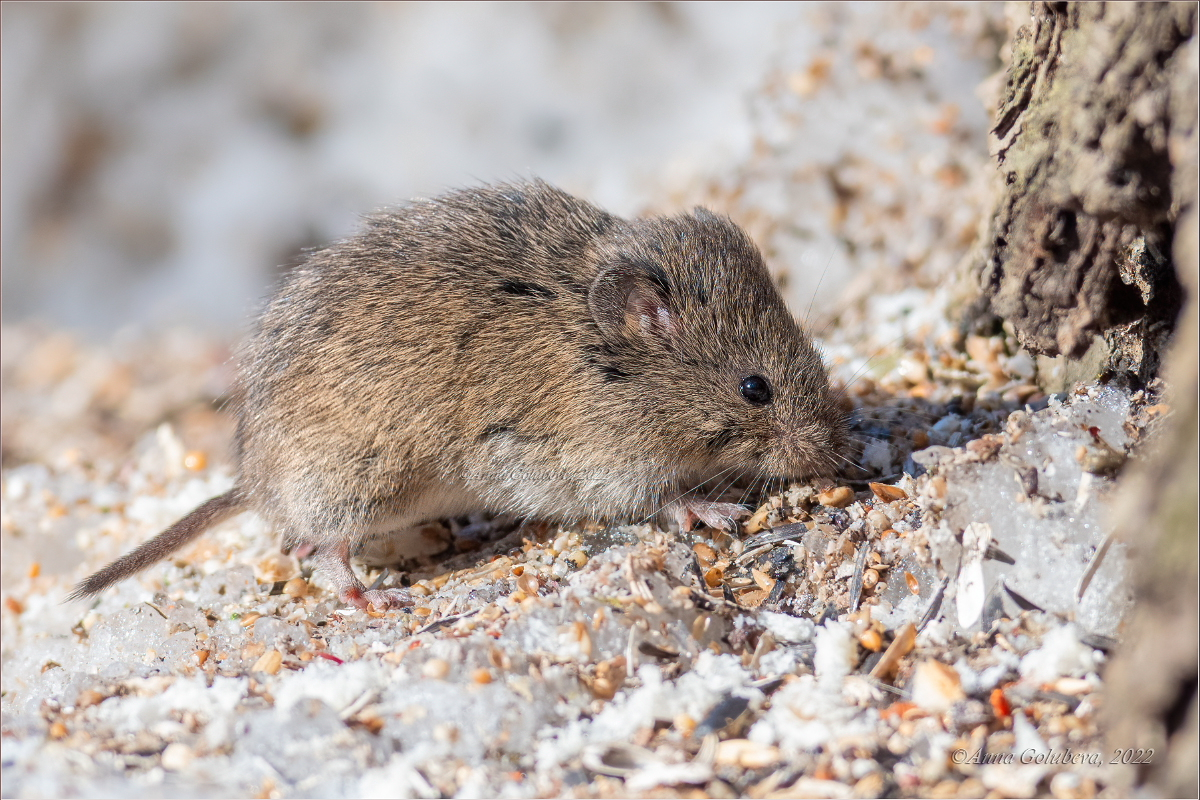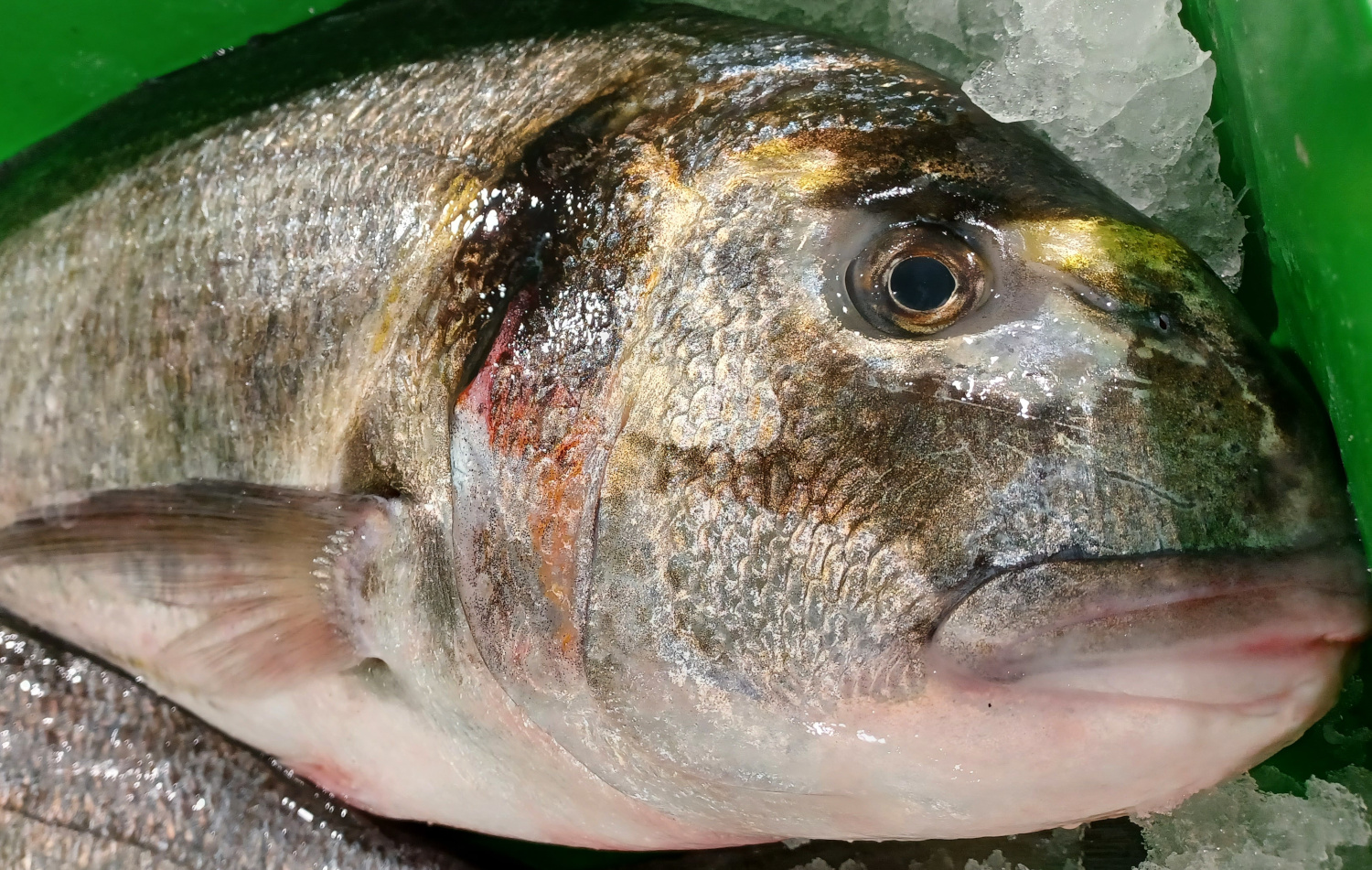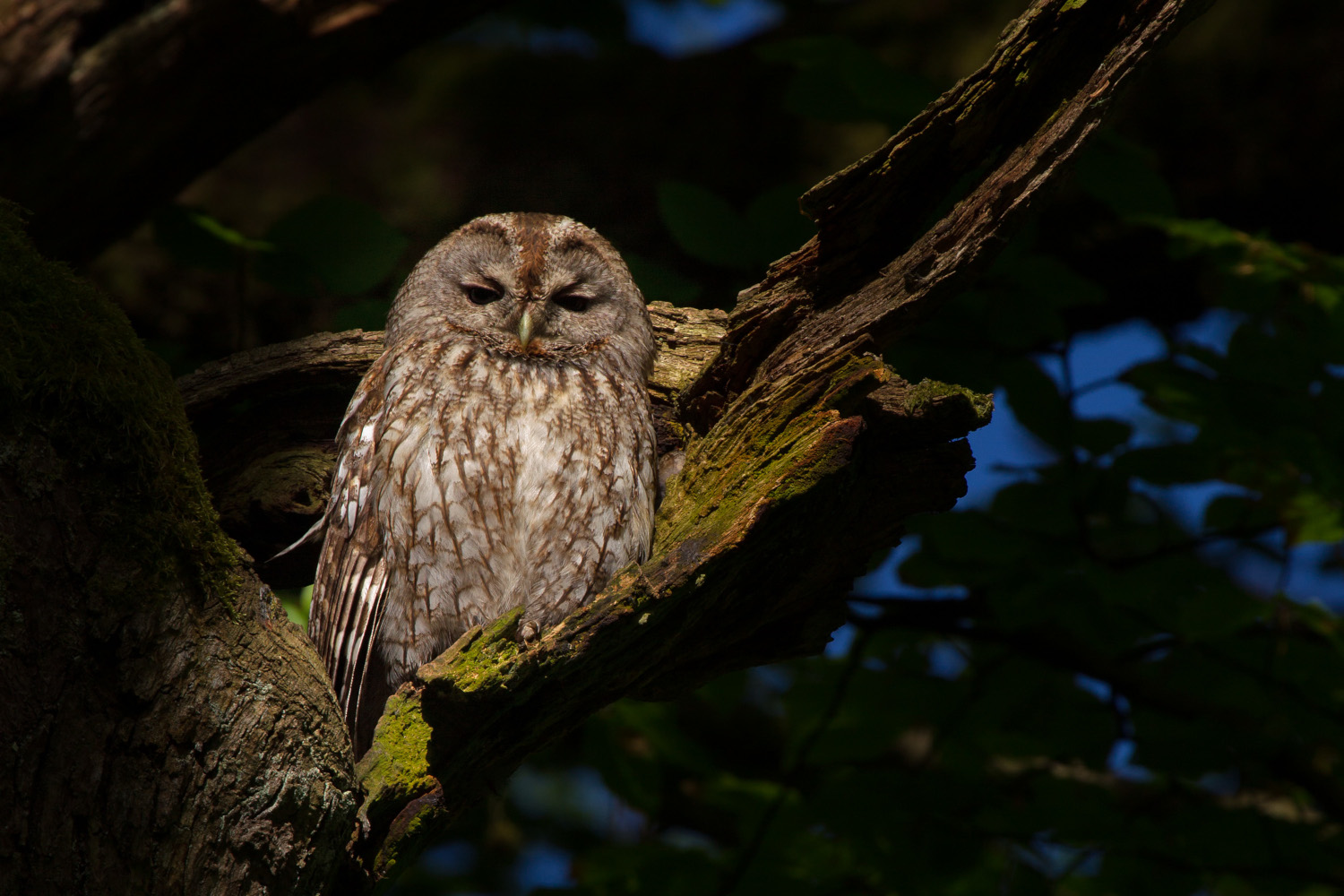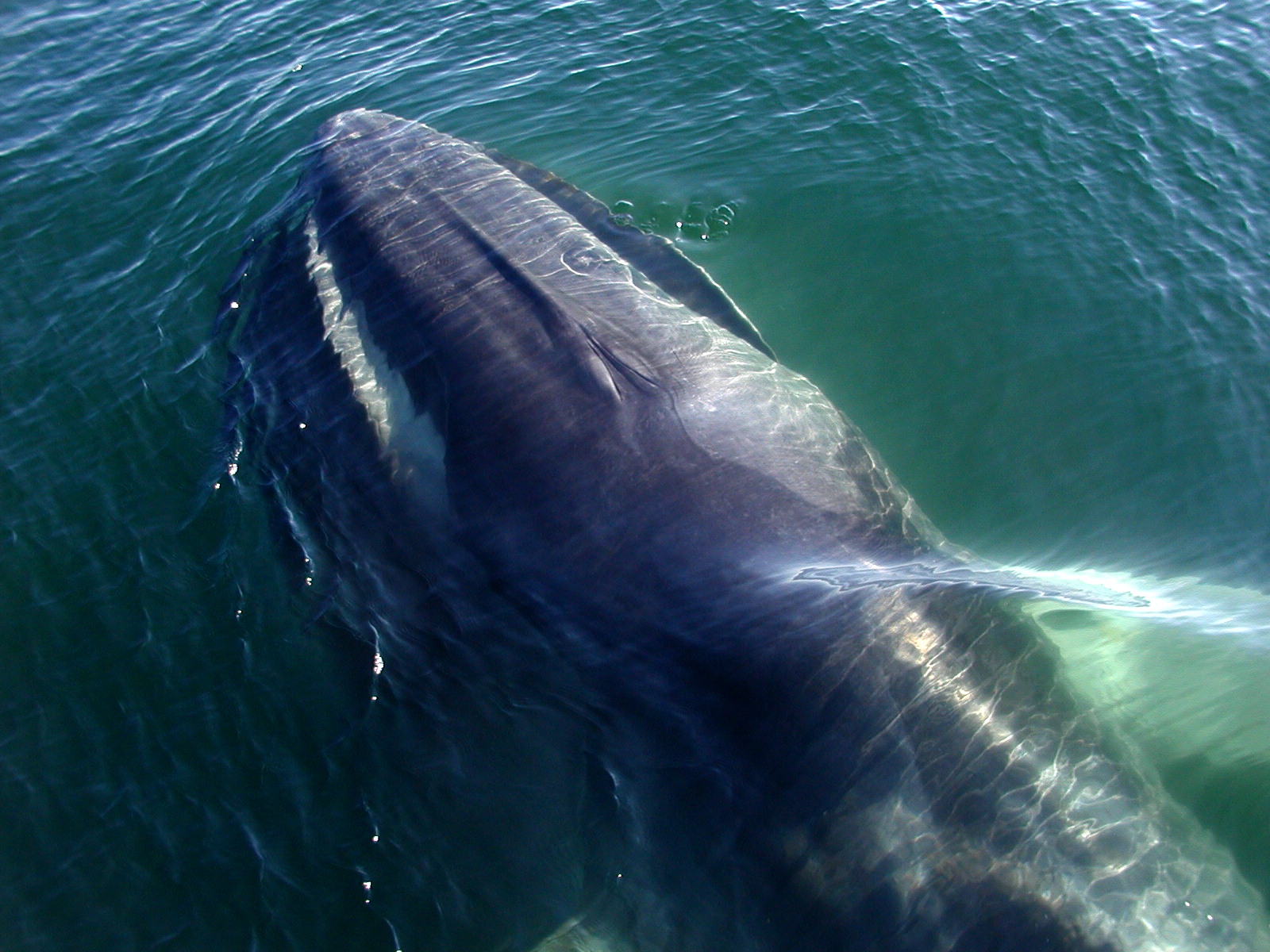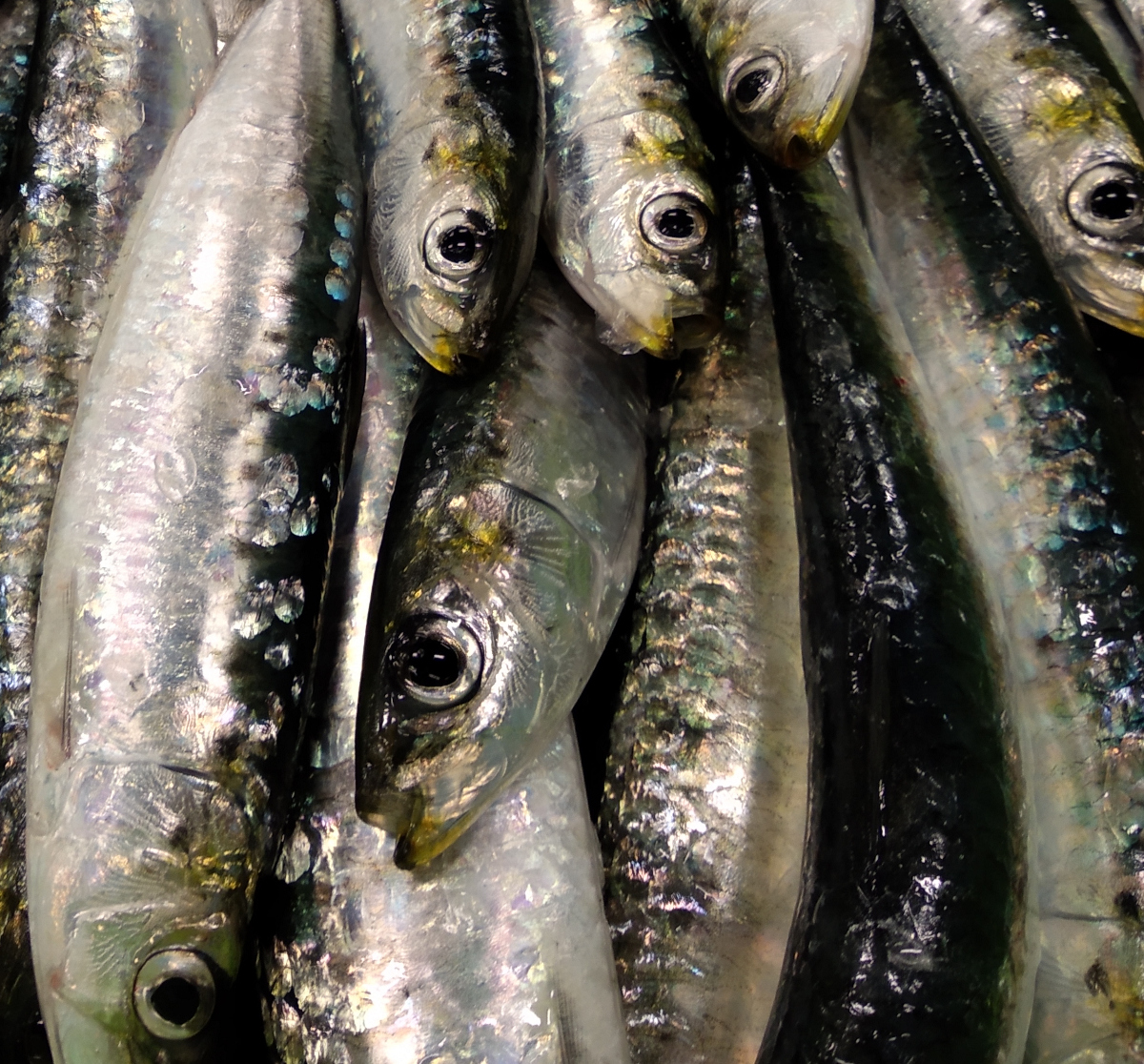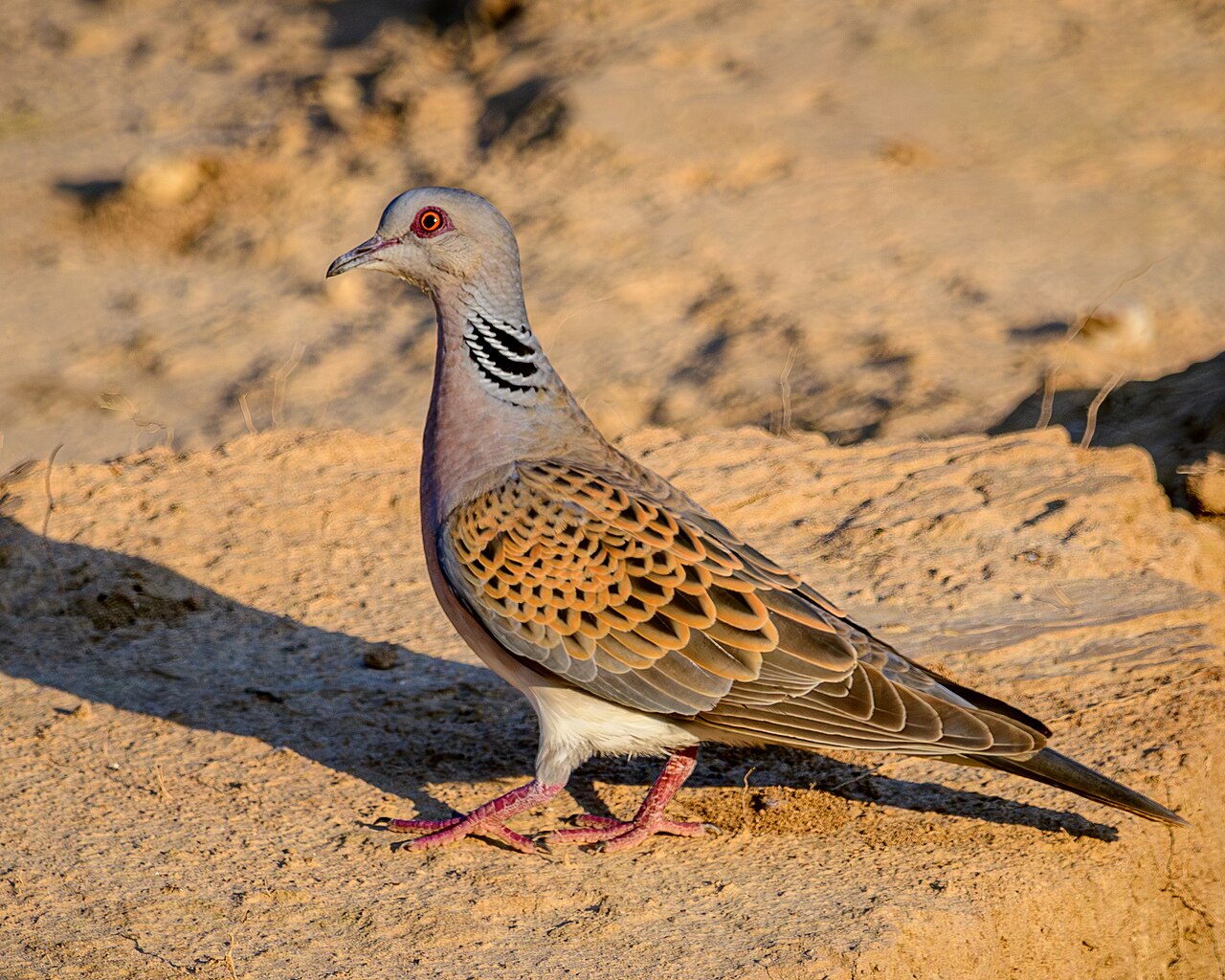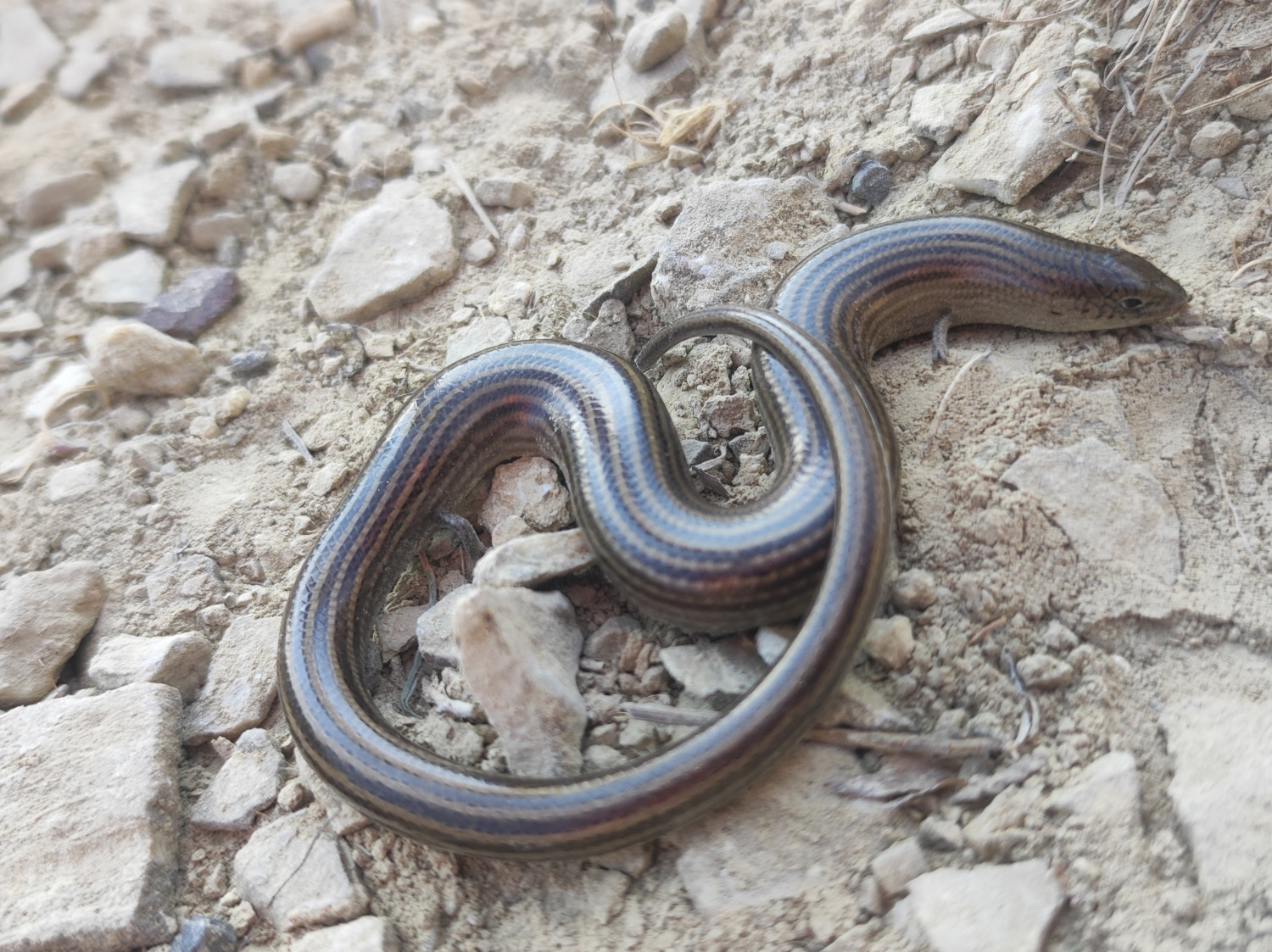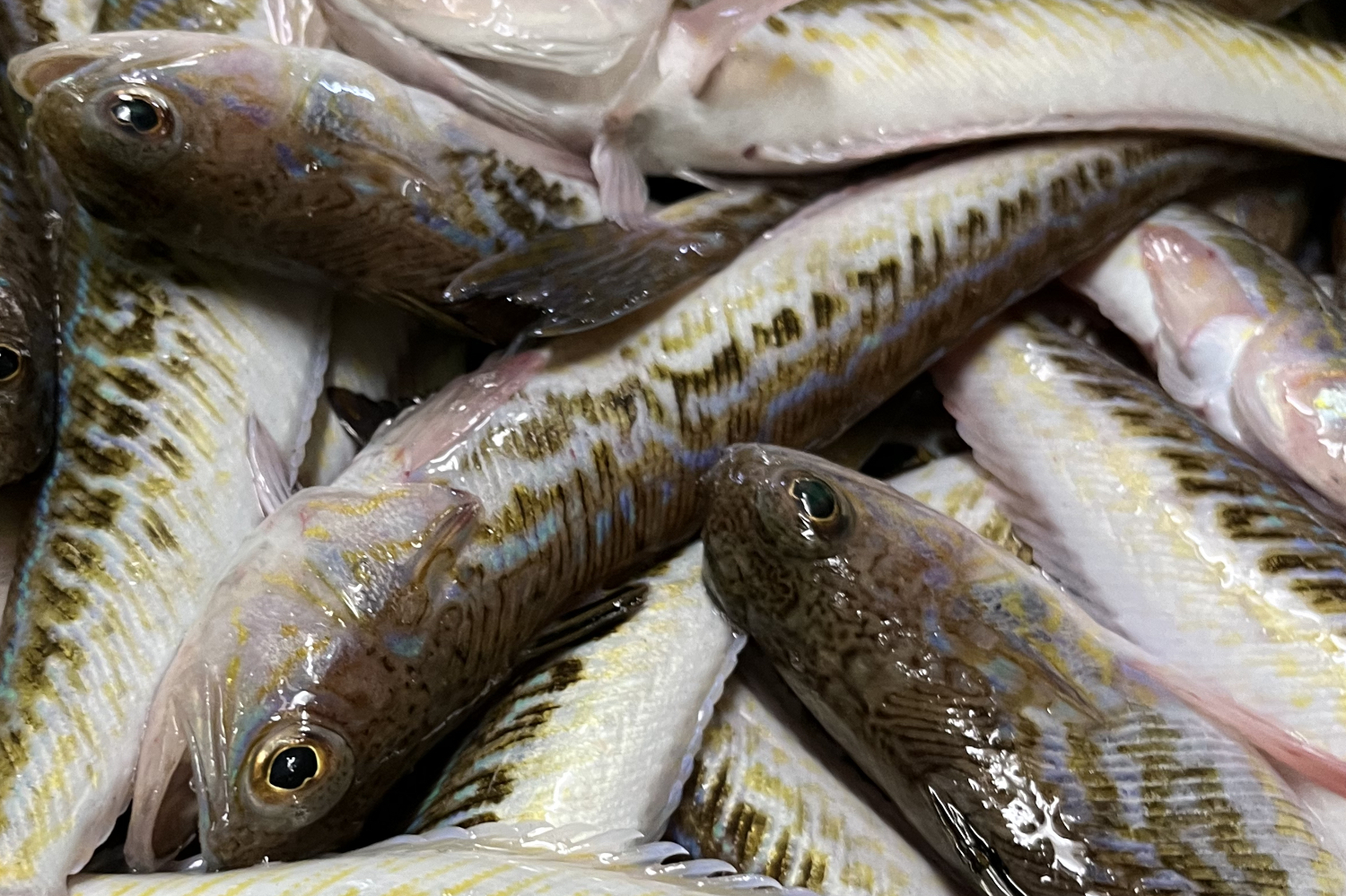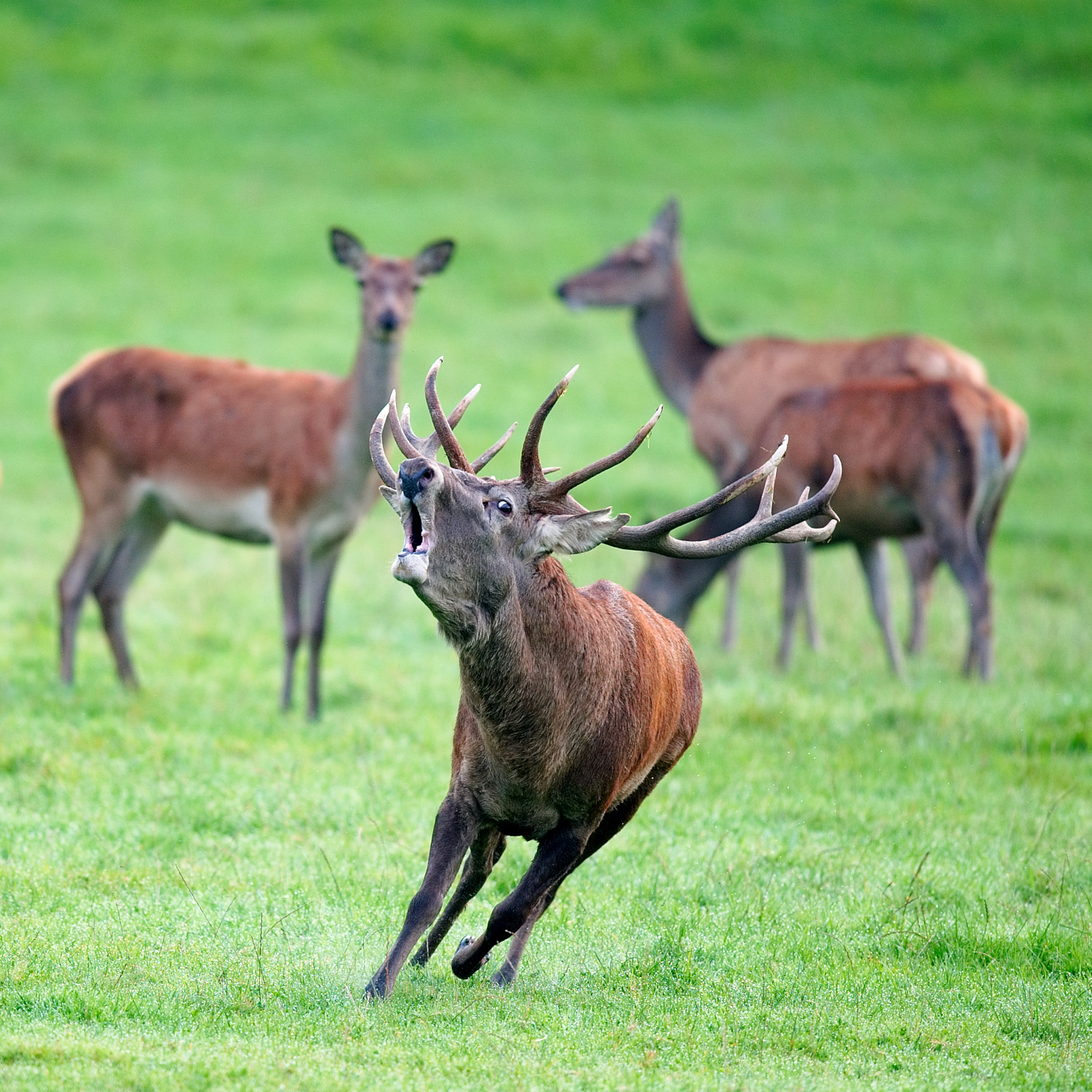Have lethargy sea turtles been awakened on the Basque coast?
- When the summer solstice approaches, the chances of seeing sea turtles have multiplied on the Basque coast. The best known of our waters is the Caretta Real (Caretta caretta). The average shell size of the adult specimens can reach 120 cm straight length and 200 kg weight. The upper part is reddish or brown, while the lower part is yellowish. The adult specimens have a large head, with a robust peak and neck, adapted to feeding. It is a species with a variable diet depending on its vital stage, pelagic and preferably carnivorous in youth, nerytic and omnivorous in adulthood and excellent predator of greenish creatures.

Royal Caretta (Caretta caretta)
GROUP: Vertebrate/Reptile.
MEASURE: The shell can reach 120 cm and 200 kg.
WHERE DO YOU LIVE? Migrate from the spawning beaches to the feeding areas. Those appearing in the Gulf of Bizkaia come from the United States, Mexico and the Caribbean.
WHAT DOES IT EAT? As a young man, he is carnivorous, he eats small marine animals; as an adult, he is omnivorous, he eats mostly very hard animals, crustaceans, molluscs and even jellyfish.
LEVEL OF PROTECTION: There is a “vulnerable” level of protection on the Basque Government’s list of endangered species.
Like all sea turtles, the Real Careta is a kind of flag to promote biodiversity conservation: a symbol of institutional and social attraction, used for the conservation of the species, the protection of marine habitats and the conservation of biodiversity. Thus, in our country their appearances have also spread to television and networks; on the beach of Santio (Zumaia), in the waters between Donostia and Orio, in Ondarroa, in Lekeitio, in the bay of La Concha…
On the Basque coast, juvenile specimens of this species are the most common. In the Atlantic Ocean, the Gulf Currents (running waters of the Gulf of Mexico to the northern coast of Europe along the Atlantic Ocean) are driven by the Sargasso Sea's proximities until at some crossing they leave the stream: In Madeira, in the Canary Islands, in Cape Verde, on the African coast… Sometimes, on the other hand, they go to a bad crossing and reach cooler waters, such as the waters of the Gulf of Bizkaia. Adult specimens of this species have the strength to confront currents that push out of their own way, but not the young, so it is the small turtles that most often reach us.
(This video was recorded by Iñigo Aranguren. Between Orio and Igeldo, this May saw the sea turtle)
In fact, sea turtles, through migrations, tend to avoid cold waters moving into warmer waters. However, when water temperature drops sharply or currents are found in colder regions, adult specimens have a mechanism similar to that of hibernation or winter lethargy known in mammals, brumation. In brumation, sea turtles are less active, almost completely reduce breathing and maintain minimal metabolism. As in the winter lethargy of bears, turtles are usually at the bottom of the sea, motionless, without for a long time the surface of the water going up to breathe (can last more than 7 hours). For this reason, adult sea turtles are difficult to observe in winter, as they will remain brumated when they have not moved away during migration.
However, the Royal Carets who have visited us in recent weeks have not been in Concha Bay. In the future, if the Cantabrian Sea does not remove the beach from the city in its struggle to recover what is its own, or if the rise of the sea level does not flood our beaches, we may have a beach of laying of Real Caretas if the currents continue to temper this corner. And, who knows, maybe with the sinking of Txingudi Bay spend the winters in a lethargy…
These small turtles that have appeared in our country in anticipation of International Oceans Day (8 June) have brought us a message: a claim on our responsibility for the conservation and improvement of the oceans. It is gratifying to see that they are alive and healthy (often not), to see that the Cantabrian Sea is home to many species and to stress the importance of the conservation and protection of the seas. But let us not confuse the flags; as the red, yellow and green beaches must be well differentiated, it is essential to take proper care of the flag species and not to use them, as often happens, to make the white green.








